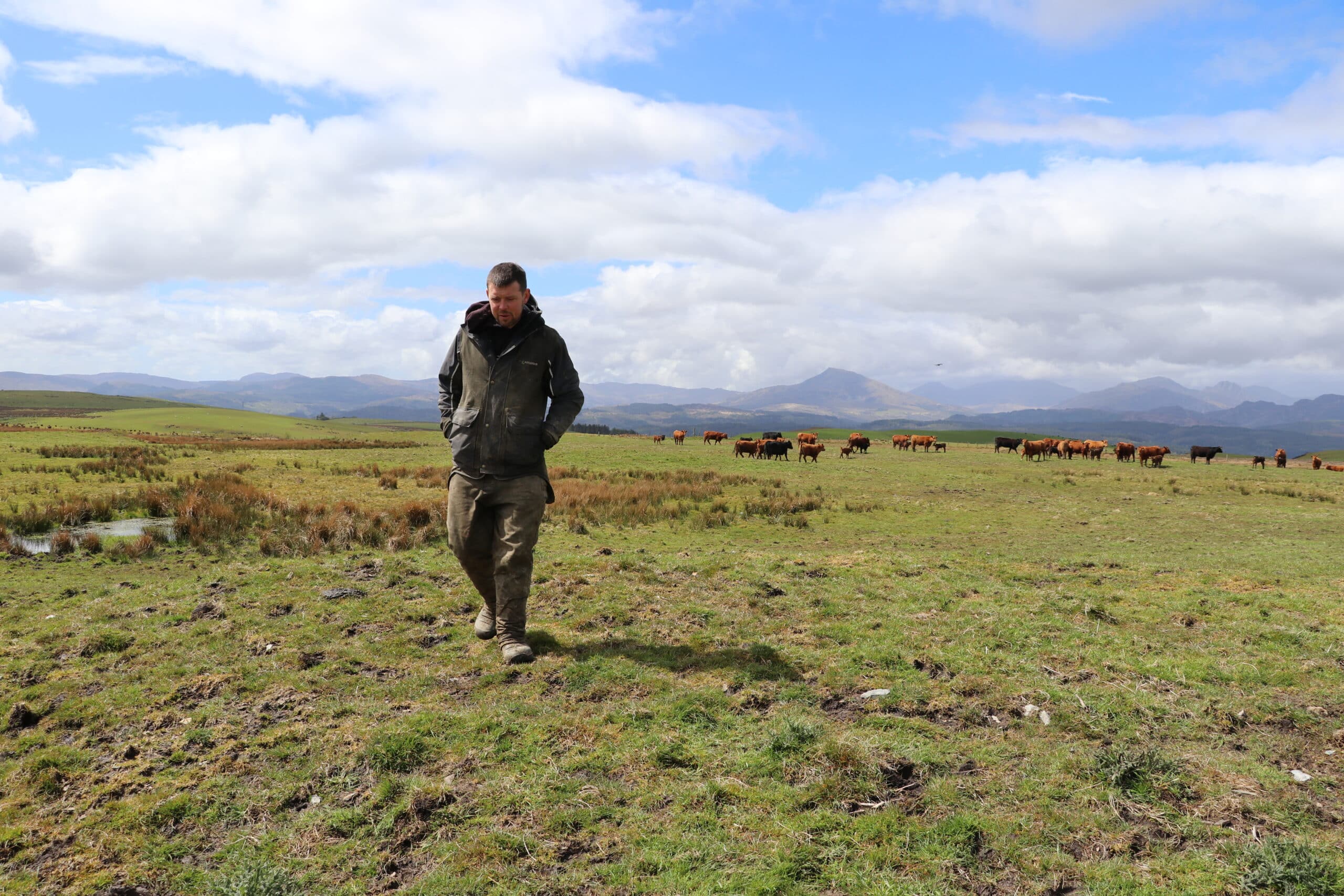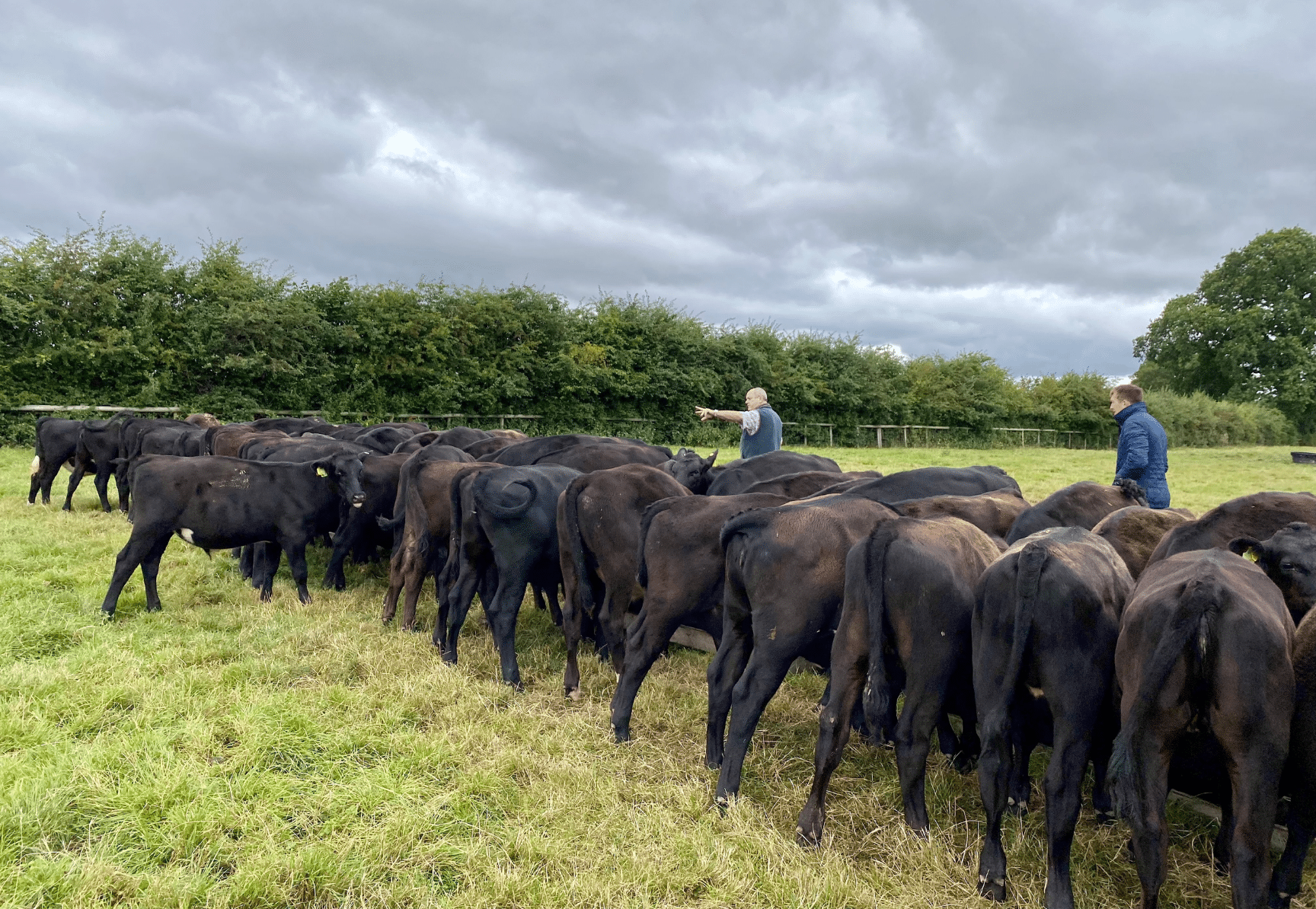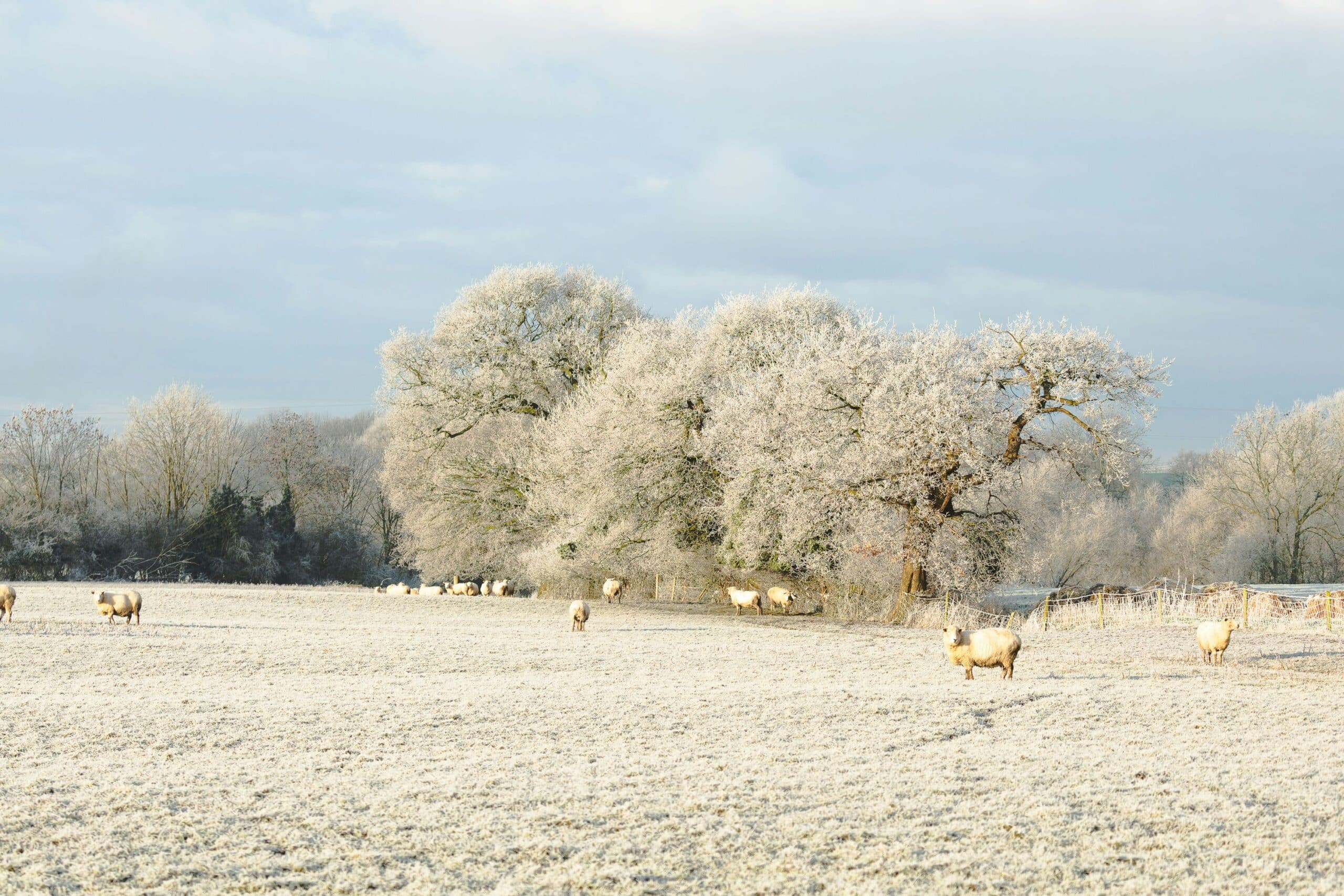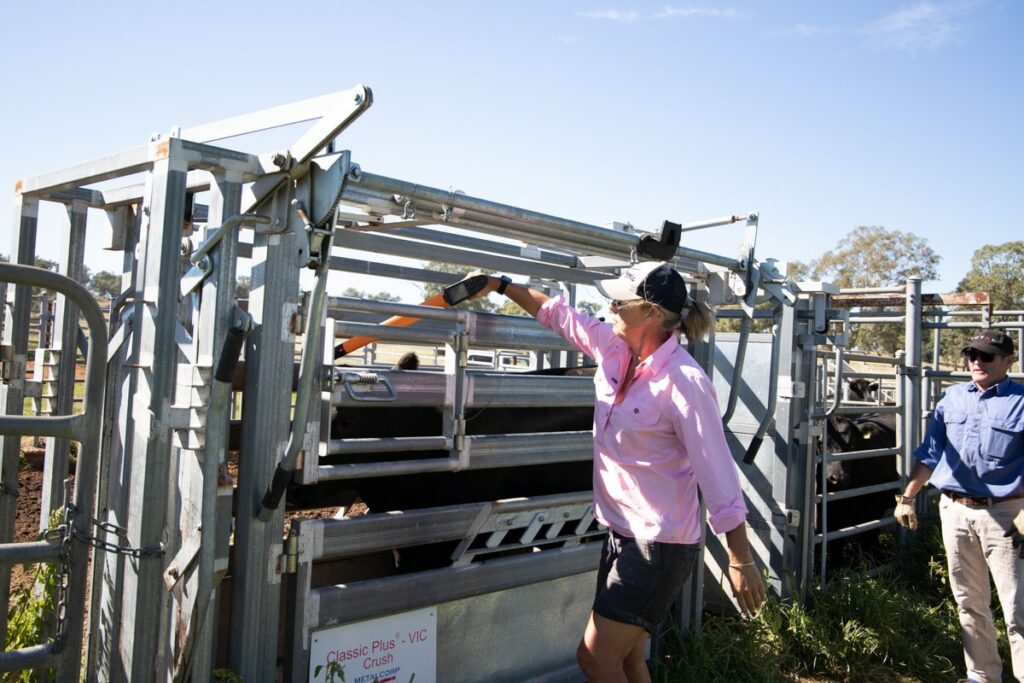Understanding cost of production on your farm

Cost of production in agriculture captures the costs associated with producing one unit of output. In this article we focus on the output of Beef and Lamb; however, concepts are relevant to all other food and fibre outputs.
Knowing the cost of production on your farm is an essential foundation that will help you understand the health of your business. Between contractors, animal health, and ever-changing input costs, tracking and understanding your cost of production can be difficult at best!
What is cost of production?
For most livestock operations, cost of production (CoP) is the cost a business bears to produce its goods – in this case, one kilo of beef or lamb. CoP on farming includes but doesn’t necessarily have to be limited to:
- Animal health e.g. vaccines and EID tags
- Nutrition e.g. grain, lick, hay, supplementary feed and transport costs
- Husbandry costs e.g. preg scanner, shearing and/or crutching contractors and lamb marking contractors
- Cost associated with sales and purchases e.g. commission, levies, and transport costs
- Overheads associated with your livestock enterprise e.g. permanent or semi-permanent labour, agistment, pasture renovation and fencing repairs
What steps can you take to get to an accurate cost of production?
Step 1: Reconciliation
Your cost of production is directly linked to your livestock reconciliation, meaning you need to understand your livestock numbers or how many kilos of beef/lamb you have produced to understand the cost of producing this output. Mark Morton of Agribusiness Concepts agrees that being disciplined with your numbers is the first step to understanding your cost of production.
“Your cost of production is directly linked to your stock flow — you need to know how many kilos you’ve produced to know what it costs to produce one.” – Mark Morton, Agribusiness Concepts
AgriWebb’s livestock reconciliation report is automatically generated with your opening head counts, natural increase, purchases, sales, transfers, deaths and closing head as you complete records in AgriWebb. This report will tell you how many kilos of beef/lamb you have produced.
Step 2: Input costs
The next step is to keep track of any input costs associated with your livestock. In AgriWebb, this is achieved by recording costs against animal treatments, feeds, sales and wool harvests. AgriWebb automatically takes these costs and applies them to the relevant livestock to give you a total and average cost of production.
To get an accurate cost of production encompassing all costs, it’s often worth using a tool like the MLA COP calculator which includes additional overheads, such as labour. You can use the information from your AgriWebb livestock reconciliation and cost of production report to fill out the calculator. The calculator will also benchmark your cost of production against other farms so you can gauge how you’re performing at a big picture level.
Why should you care about cost of production?
Understanding the position you’re in is critical to improving your performance, and improving your cost of production is no different. It’s not simply about cutting costs, but about how you can produce more kilos of food and fibre for less. Essentially, becoming more familiar with your cost of production means becoming more efficient with the resources you have available.
Want to learn more about how AgriWebb can help you get a handle on your cost of production?
Check out our new feed planner to see how we’ve streamlined the process of recording feeds so you can get an accurate cost of production.



